Sometimes You Just Have To Doodle Those Weird Thoughts From The Shower…



Sometimes you just have to doodle those weird thoughts from the shower…
More Posts from Sohmygodness and Others
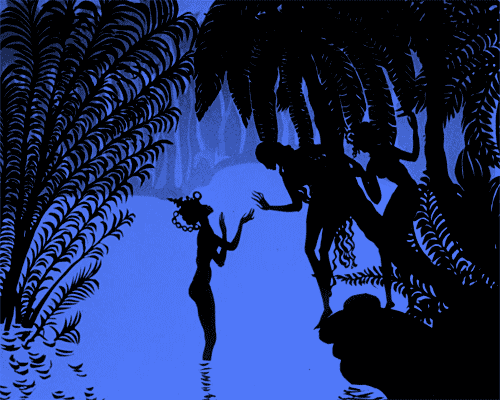
The Adventures of Prince Achmen. 1926. German. The oldest surviving animated film in history.
Deleted scene of disposable demon asking to hit “Aziraphale” in Heaven!
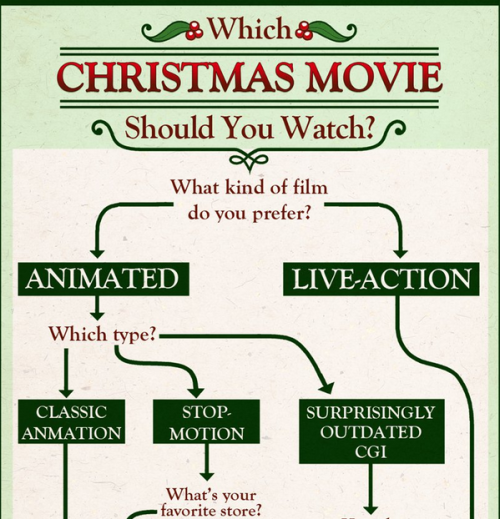
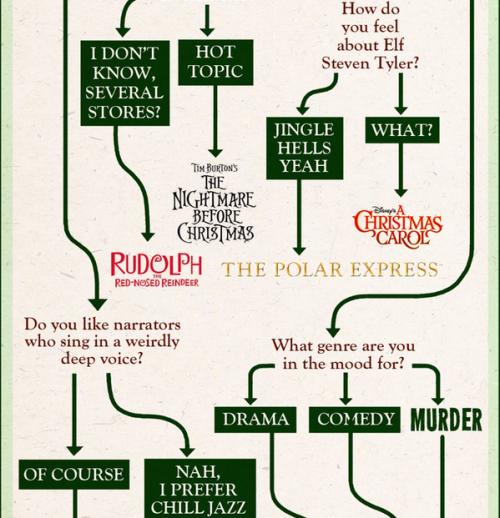
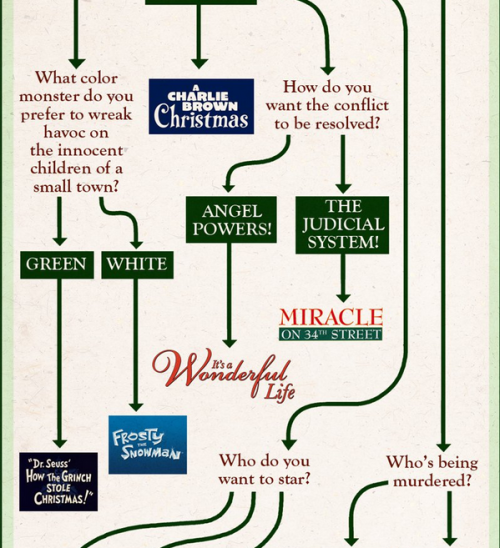
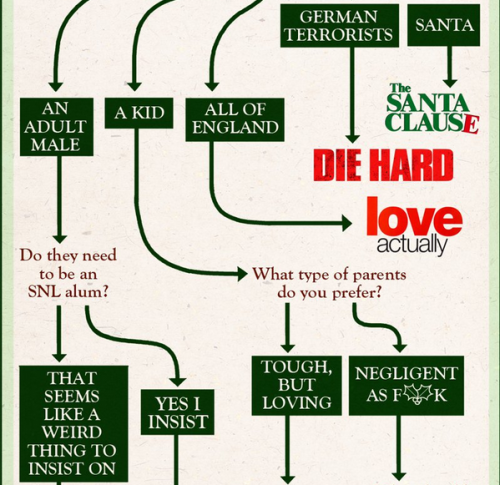
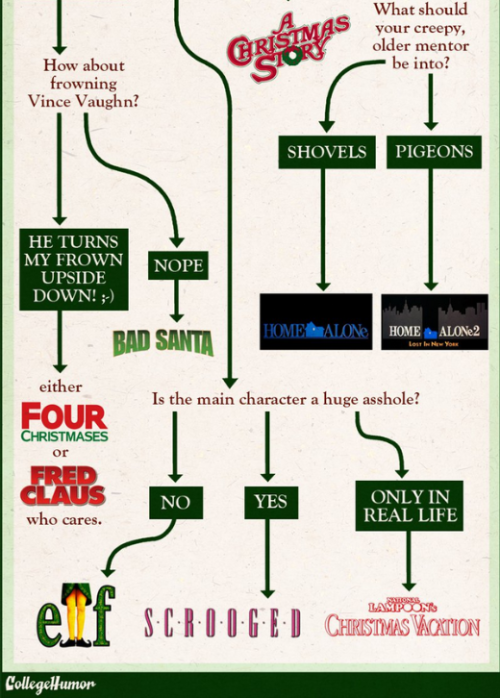
Flowchart: Which Christmas Movie Should You Watch?
Top 5 John Singer Sargent sketches?
GOD YES.

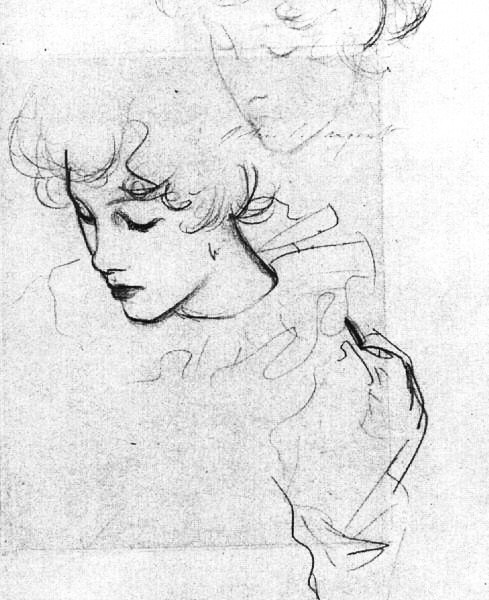



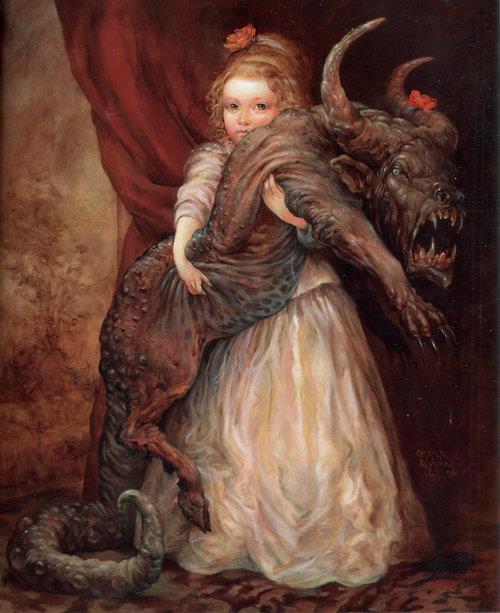

My best friend and I had a call recently—she’s back with her family for a bit helping out with some hometown stuff. As part of the stuff, she’s been going through a (deceased) relative’s scrapbook, compiled in the American Midwest circa 1870-1900 and featuring mostly cut-out figures from the ads of the day.
She talked about how painstaking this relative’s work was. (Apparently the relative was careful to cut out every finger, every cowlick; this was by no means carelessly or hastily assembled.) But she also she talked about how—the baby on the baking soda ad is ugly, it is so ugly, why anyone would clip this heinously ugly illustrated baby and paste it into a scrapbook? Why would you save the (terribly told, boring) ghost story that came with your box of soap?
(Why include these things in the first place? we asked each other. ”There’s a kind of anti-capitalism to it,” she mused.)
And we discussed that for a bit—how most of the images, stories, artists, and ads were local, not national; they’re pulled from [Midwestern state] companies’ advertisements in [Midwestern state] papers, magazines, and products. As a consequence, you’re not looking at Leyendecker or Norman Rockwell illustrations, but Johann Spatz-Smith from down the road, who took a drawing class at college.
(College is the state college, and he came home on weekends and in the summer to help with the farm or earn some money at the plant.)
But it also inspired a really interesting conversation about how—we have access to so much more art, better and more professional art, than any time in history. As my bff said, all you have to do to find a great, technically proficient and lovely representational image of a baby, is to google the right keywords. But for a girl living in rural [Midwestern state] of the late 1800s, it was the baking soda ad, or literal actual babies. There was no in-between, no heading out to the nearby art museum to study oil paintings of mother and child, no studying photographs and film—such new technologies hadn’t diffused to local newspapers and circulars yet, and were far beyond the average person’s means. But cheap, semi-amateur artists? Those were definitely around, scattered between towns and nearby smallish cities.
It was a good conversation, and made me think about a couple things—the weird entitlement that “professional” and expensive art instills in viewers, how it artificially depresses the appetite for messy unprofessional art, including your own; the way that this makes your tastes narrower, less interesting, less open.
By that I mean—maybe the baby isn’t ugly! Maybe you’ve just seen too many photorealistic babies. Maybe you haven’t really stopped to contemplate that your drawing of a baby (however crude, ugly, or limited) is the best drawing of a baby you can make, and the act of drawing that lumpen, ugly baby is more sacred and profoundly human than even looking at a Mary Cassatt painting.
And even if that isn’t the case….there was this girl in [American Midwestern state] for whom it was very, very important that she capture every finger, curl, and bit of shading for that ugly soap ad baby. And some one hundred years later, her great-something-or-other took pains to preserve her work—because how terribly human it is, to seek out all the art we can find that resonates with us, preserve it, adore it.
It might be the most human impulse we have.

#SouthernPansyDIIYS ‘handcuffs’
I just wanted to draw frills, really.










William Bradford - Arctic and maritime paintings of polar ice, icebergs and the North Pole. Alas… another fast vanishing world.
Also i dont know if you guys have ever seen medieval beekeeper garb, but:
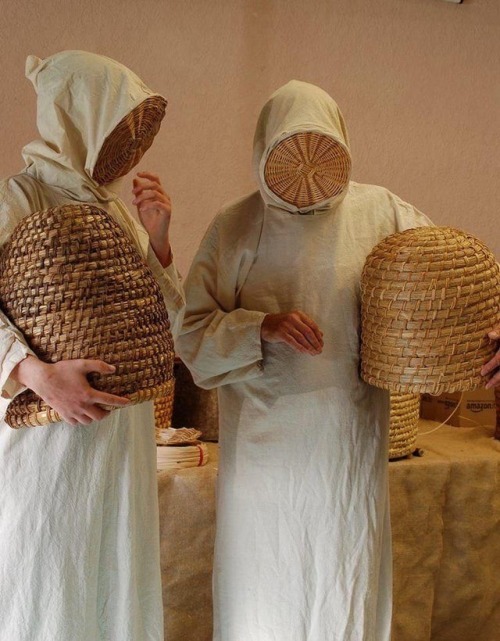
Its the best!!!
-
 lost-carcosa reblogged this · 6 months ago
lost-carcosa reblogged this · 6 months ago -
 literalstruggs reblogged this · 8 months ago
literalstruggs reblogged this · 8 months ago -
 literalstruggs liked this · 8 months ago
literalstruggs liked this · 8 months ago -
 handsoffmyminnie reblogged this · 11 months ago
handsoffmyminnie reblogged this · 11 months ago -
 handsoffmyminnie liked this · 11 months ago
handsoffmyminnie liked this · 11 months ago -
 fyon-luna-13 reblogged this · 1 year ago
fyon-luna-13 reblogged this · 1 year ago -
 fyon-luna-13 liked this · 1 year ago
fyon-luna-13 liked this · 1 year ago -
 guileless-mordred reblogged this · 1 year ago
guileless-mordred reblogged this · 1 year ago -
 guileless-mordred liked this · 1 year ago
guileless-mordred liked this · 1 year ago -
 zerosforks liked this · 1 year ago
zerosforks liked this · 1 year ago -
 yourscreechingruinscollector liked this · 1 year ago
yourscreechingruinscollector liked this · 1 year ago -
 heathercatzart liked this · 1 year ago
heathercatzart liked this · 1 year ago -
 icelandnightmare liked this · 1 year ago
icelandnightmare liked this · 1 year ago -
 spiderwebinmyhead reblogged this · 2 years ago
spiderwebinmyhead reblogged this · 2 years ago -
 sinnahsaint liked this · 3 years ago
sinnahsaint liked this · 3 years ago -
 crj-200 liked this · 3 years ago
crj-200 liked this · 3 years ago -
 viperh0pes liked this · 3 years ago
viperh0pes liked this · 3 years ago -
 midnight-loki liked this · 3 years ago
midnight-loki liked this · 3 years ago -
 random-ikea-drawer liked this · 3 years ago
random-ikea-drawer liked this · 3 years ago -
 angryikalgo liked this · 3 years ago
angryikalgo liked this · 3 years ago -
 happyduckzinepaper liked this · 3 years ago
happyduckzinepaper liked this · 3 years ago -
 ngk-they-said liked this · 3 years ago
ngk-they-said liked this · 3 years ago -
 trebornosnibor reblogged this · 3 years ago
trebornosnibor reblogged this · 3 years ago -
 fleecy-fawkes91 liked this · 3 years ago
fleecy-fawkes91 liked this · 3 years ago -
 stelcontar liked this · 3 years ago
stelcontar liked this · 3 years ago -
 ultranerdygirl liked this · 3 years ago
ultranerdygirl liked this · 3 years ago -
 samblueberry reblogged this · 3 years ago
samblueberry reblogged this · 3 years ago -
 wanderingnotes reblogged this · 3 years ago
wanderingnotes reblogged this · 3 years ago -
 ineffablepenguin reblogged this · 3 years ago
ineffablepenguin reblogged this · 3 years ago -
 ineffablepenguin liked this · 3 years ago
ineffablepenguin liked this · 3 years ago -
 stevviefox reblogged this · 3 years ago
stevviefox reblogged this · 3 years ago -
 stevviefox liked this · 3 years ago
stevviefox liked this · 3 years ago -
 octoberspirit reblogged this · 3 years ago
octoberspirit reblogged this · 3 years ago -
 principality-zira reblogged this · 3 years ago
principality-zira reblogged this · 3 years ago -
 octoberspirit liked this · 3 years ago
octoberspirit liked this · 3 years ago -
 lady-sam1345 liked this · 3 years ago
lady-sam1345 liked this · 3 years ago -
 organizechaoss reblogged this · 3 years ago
organizechaoss reblogged this · 3 years ago -
 annaled reblogged this · 3 years ago
annaled reblogged this · 3 years ago -
 morgaine2005 reblogged this · 3 years ago
morgaine2005 reblogged this · 3 years ago -
 welcometothegoodtimes reblogged this · 3 years ago
welcometothegoodtimes reblogged this · 3 years ago -
 nova-nox reblogged this · 3 years ago
nova-nox reblogged this · 3 years ago -
 nova-nox liked this · 3 years ago
nova-nox liked this · 3 years ago -
 ceres-049 reblogged this · 3 years ago
ceres-049 reblogged this · 3 years ago -
 mrcrawly liked this · 3 years ago
mrcrawly liked this · 3 years ago -
 bookoffracturedescapes liked this · 3 years ago
bookoffracturedescapes liked this · 3 years ago -
 sweethoneybear reblogged this · 3 years ago
sweethoneybear reblogged this · 3 years ago